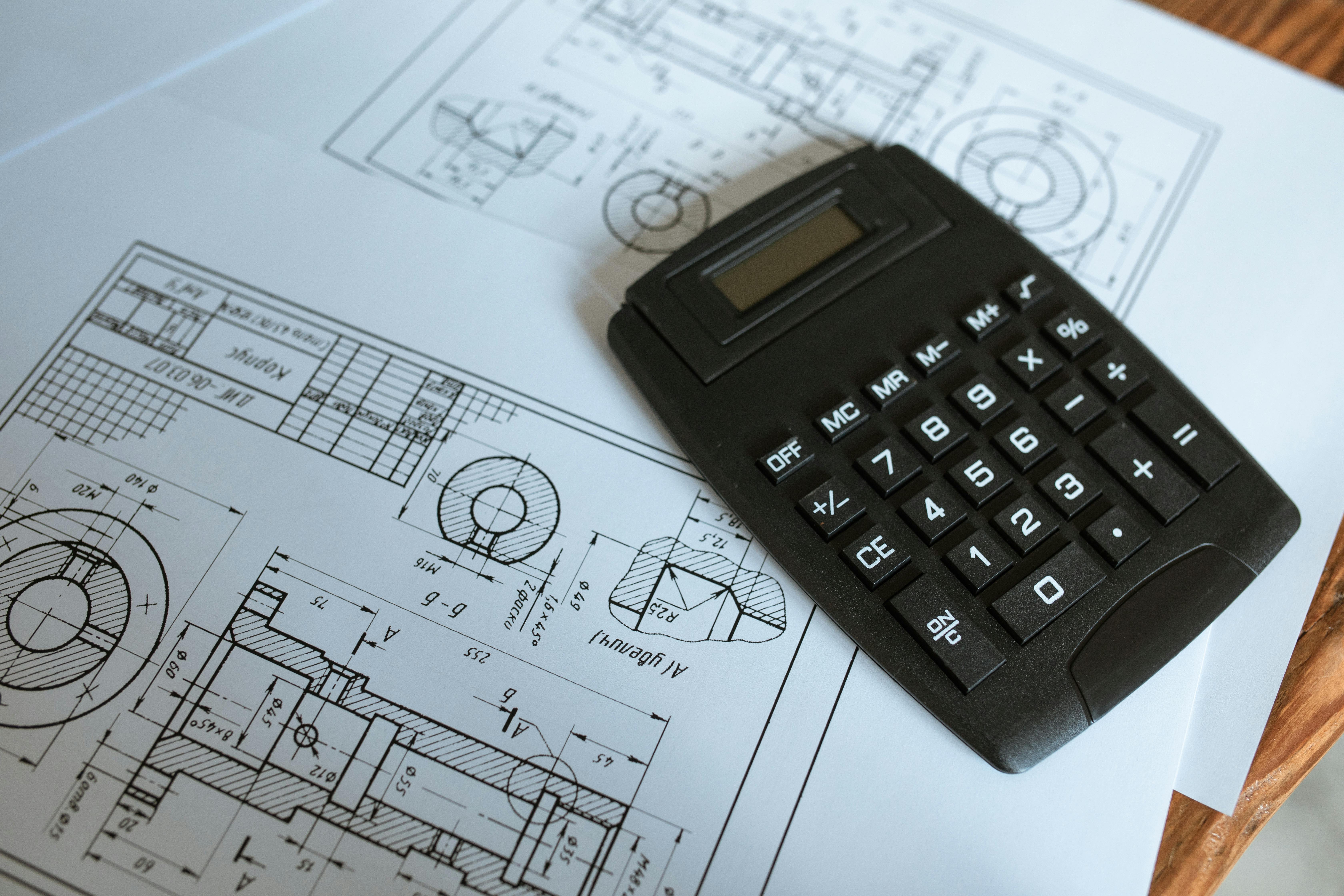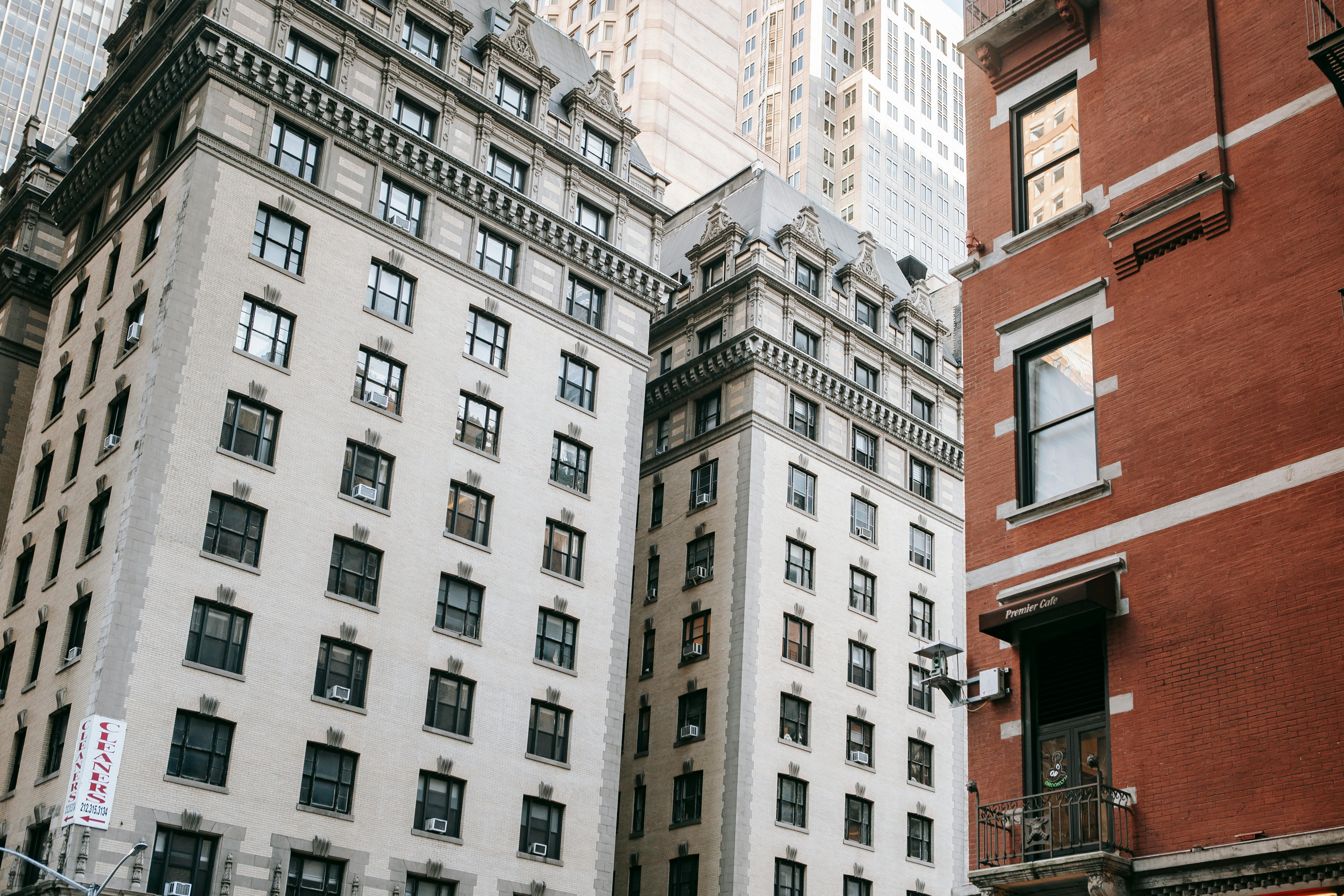I have seen countless cases of poor bathroom waterproofing, leading to very expensive waterproofing repairs and disruption to homeowners. This problem is more common than people think, even in relatively new buildings, as well as in existing homes when bathroom remodeling is taking place. Bathroom waterproofing repair can be a major job because tile, fixtures, tile bedding, etc. they have to go outside to re-do the waterproofing, not to mention restoring everything to its original state. Based on my personal experience, I have compiled a list of 10 major mistakes and reasons why bathroom waterproofing fails that you should take seriously.
The following general and specific mistakes come to mind when I look back at many of my bathroom waterproofing jobs done over the years. Many homeowners place little importance on waterproofing the bathroom, especially shower stalls during the bathroom remodeling process.
1. Attempting to do the waterproofing work yourself, but not having experience and not following the waterproofing material data sheet and application instructions.
2. Giving the work to an unlicensed and unqualified person and not requesting guarantees for the work in writing.
3. Floor and wall surfaces that may be concrete, particle board, or fiber cement board, not properly prepared and primed prior to applying the waterproofing membrane material.
4. Do not allow the waterproofing membrane material to dry before applying a bed of cement and sand or gluing the tiles.
5. Inadequate sealing of floor-to-wall and wall-to-wall corner details where there is a lot of movement due to temperature changes, which is particularly a problem with fiber cement sheet walls over wood framing .
6. Not having the membrane folded under the restroom door area with an aluminum or brass angle set on the floor first. This is a very common and easily avoidable mistake.
7. Inadequate sealing around pipe and faucet penetrations in shower stall and tub walls, usually because the plumber did not pay attention to detail or used the wrong sealant, resulting in water leaking into the wall. In some cases, the repair is not as extensive or difficult, but it will still cost money.
8. Although not directly related to waterproofing, the installer uses the wrong type of glue for ceramic coverings, because the walls were waterproofed with a polyurethane-based waterproof membrane, for example, while the glue used is based on acrylic.
9. The plumber should perform a water pressure test on the water pipes, leaving the pipes under water pressure for 24 hours and perform a visual inspection for water leaks before lining the walls to ensure there are no holes in the system where water can slowly trickle down and find its way under the bathroom floor and surrounding areas. On some of the waterproofing rectification jobs I had contracted for, the culprit for the water leaks under the bathroom floor turned out to be a small leak in the water pipe in the wall that kept leaking very slowly and saturating the surrounding area. it’s.
10. Lastly, if you are going to waterproof the bathroom yourself, you should read the material manufacturer’s data sheet or the instructions on the side of the can, bucket, tube of sealant, or other packaging that the materials come in. waterproofing. . If I had to use a product that I haven’t used before, even if it’s chemically the same type of material, I would still read the manufacturer’s instructions on application, primer, and other information because there might be something I don’t know. Please read the application and third-party instructions carefully and take the time to do the job thoroughly.
Take bathroom waterproofing seriously and don’t try to save money on this important part of your bathroom remodeling job. I hope this article has been helpful to you in avoiding the bathroom waterproofing mistakes mentioned above.




